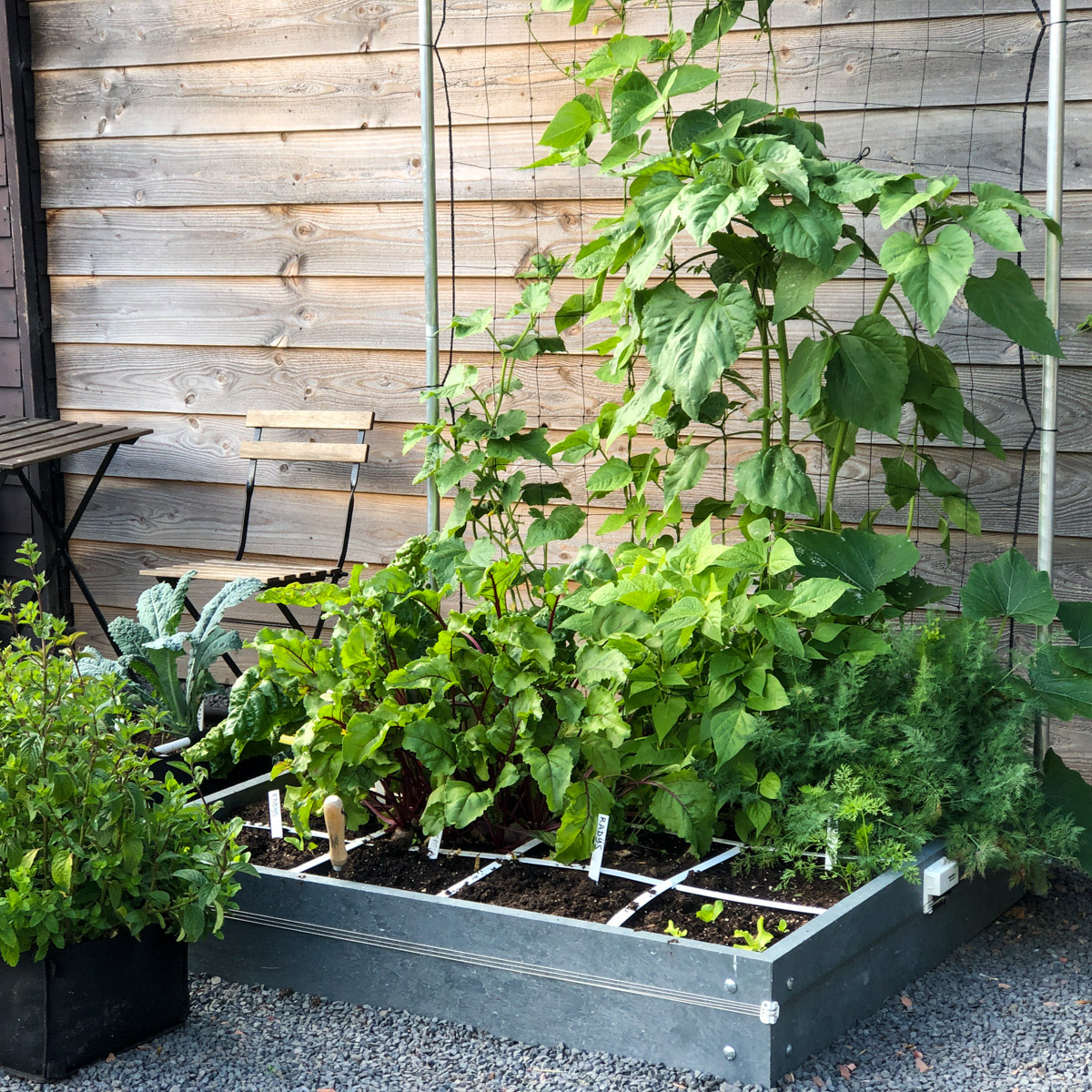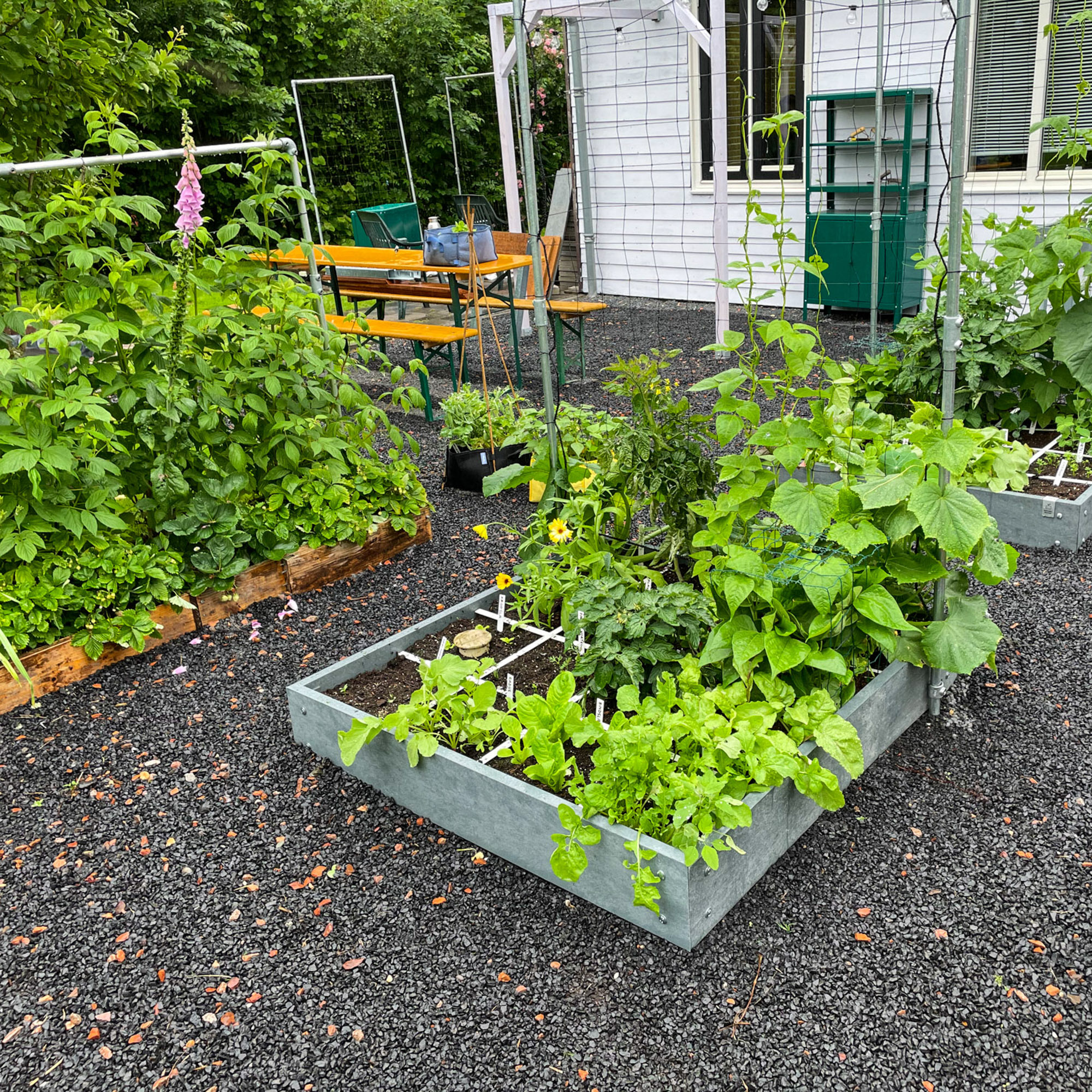- What is a Planty Garden in a nutshell?
- Hi, I'm Jelle
- Sowing in your Planty Garden
- FAQs for first time gardeners
- What can Planty Gardening do for you?
- Growing vegetables in your Planty Garden
- Plant, sow, or pre-sow?
- Harvesting as long and efficiently as possible
- Mistakes beginners make in the vegetable garden
- What isn't a Planty Garden
- Square Foot Gardening: the starting point for Planty
- About the Planty Garden
- What is a Planty Garden in a nutshell?
- Hi, I'm Jelle
- Sowing in your Planty Garden
- FAQs for first time gardeners
- What can Planty Gardening do for you?
- Growing vegetables in your Planty Garden
- Plant, sow, or pre-sow?
- Harvesting as long and efficiently as possible
- Mistakes beginners make in the vegetable garden
- What isn't a Planty Garden
- Square Foot Gardening: the starting point for Planty
- About the Planty Garden
Mistakes beginners make when starting a garden
The ultimate goal is a successful garden, right? So, here's a few snags beginners run into and some tips to avoid them:

You can give them all that in a smart and easy way - as I've mentioned in other articles - or it can be really hard, and really exhausting.
Here it goes:
1. The traditional vegetable garden

- Tilling the soil (every year)
- Fighting the weeds (all year round)
- Providing the perfect fertilizer
- Drawing up and keeping up with sowing and harvesting schedules
- Doing crop rotation (turning over the beds)
- Sowing rows of vegetables (which you then have to thin out later)
- Transplanting the thinned out plants (= moving them to another spot)
- Fighting diseases and pests (often with scary sprays)
- An arsenal of (expensive!) garden tools
I'm not exaggerating. If you want to read more about this in detail, read this article all about it.
It's not that I'm completely against traditional vegetable gardens. A lot of people like the hard work and some are really beautiful:

2. The not-quite garden box

Since vegetable gardening - and gardening in 'square foot raised beds' - is all the rage, lots of companies have jumped on it. You can buy vegetable boxes everywhere. From dirt cheap to super luxurious.
Not to mention the other products. Potting soil here, vegetable gardening soil mix there. Plus special fertilizers, pesticides, growing trays, starter kits, and so on.
That's a good thing, right?
Mwah ...
Introducing... 🥁🥁🥁... Ans!
She bought a cheap garden box, some seeds, seedlings, young plants, and the cheapest potting soil she could find.
The start
At the beginning of the year, things were going well. Ans enjoyed sowing and the plants were growing. That makes sense: because most potting soil contains artificial fertilizers that kick in those first few weeks. As a result, the leaves of most of her vegetables grew quickly.
That may seem like a good thing at first, but rapid leaf growth also comes at the expense of the harvest. In Ans's case, the beets, carrots, and radishes she harvested were really small.
Ans also had to water a lot every day. The potting soil dried out quickly and didn't retain the water very well.

Then the nutrition in the potting soil ran out. Growth stopped and Ans had to hunt down fertilizer to add to her boxes.
That was complicated because not all plants have the same needs. So Ans started looking for information. She got something off the internet, bought a book, asked for advice from people with an allotment, and bought another book.
Contradictory information
She didn't understand much of it, because each contradicted the other. That's no big surprise: growing in containers is different from growing straight into the ground.
Plus, the plants from her seeds weren't really suitable for small garden boxes: they smothered each other, blocked each other's sunlight, and there wasn't much she could do about it.
Nothing was really going as Ans's had hoped and to top it off, the raised bed she'd bought - made from cheap wafer-thin wood - started to fall apart.
In the end, it was 1 big disappointment.
Nobody was happy about this
Not Ans, not her kids, and - when Ans emailed me that "a vegetable garden box doesn't work and isn't easy" - I wasn't so happy either 😉
But seriously, people like Ans start out with the best intentions: good for the environment, sustainable, nice and healthy.
But because of the overwhelming supply, they buy all kinds of - often cheap - stuff that doesn't really work. As a result, the materials usually end up in the dump after only a few months. So the planet's not happy about it either.
It is a shame that these bad experiences cause them to say: 'I've tried it - it doesn't work'. They give up and never try again.
How could Ans have done it differently?
But since you're here, I can warn you: don't fall for it. Even if at first glance it looks a lot like our stuff. Like Pokon's vegetable garden mix, it's not the same.
Start right the first time

If you set it up the right way from the start, and spend a little more, you'll save hundreds of euros in the long run.
That's why I started Planty Gardening.
If Ans had gone this route, I'm sure she would have sent me a completely different email 😉

That says something, right?
So, if you want to start a Planty Garden, I'll show you how to set one up:
Planty system
- What is a Planty Garden in a nutshell?
- Hi, I'm Jelle
- Sowing in your Planty Garden
- FAQs for first time gardeners
- What can Planty Gardening do for you?
- Growing vegetables in your Planty Garden
- Plant, sow, or pre-sow?
- Harvesting as long and efficiently as possible
- Mistakes beginners make in the vegetable garden
- What isn't a Planty Garden
- Square Foot Gardening: the starting point for Planty
- About the Planty Garden